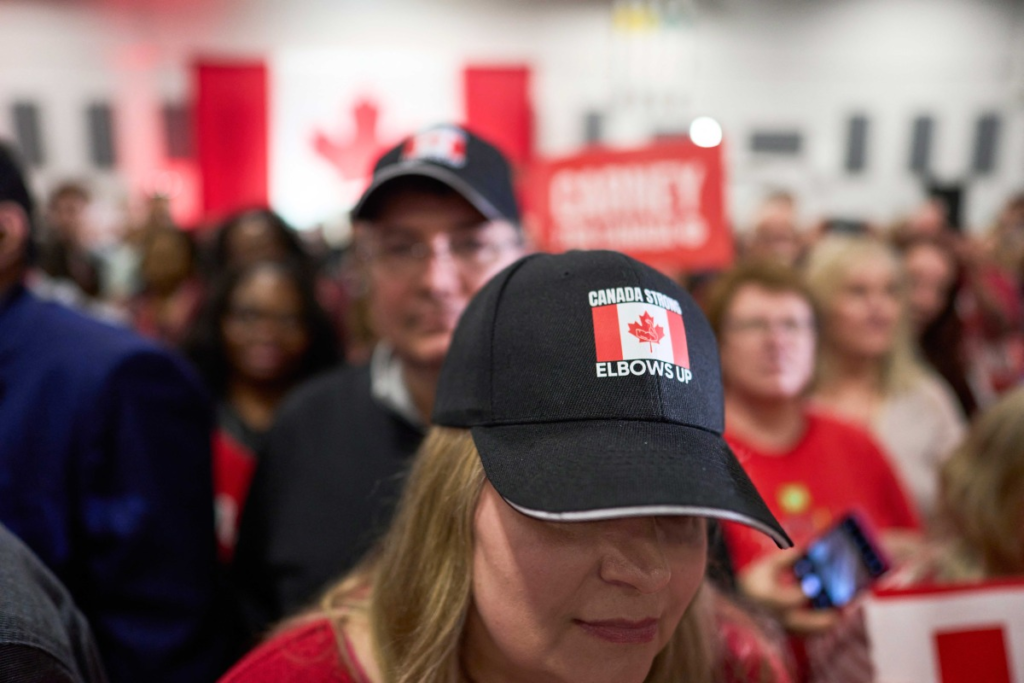Ottawa – Canada is set to hold a national election on Monday, following a campaign largely shaped by U.S. President Donald Trump’s ongoing trade war.

Prime Minister Mark Carney, leader of the Liberal Party, holds a slight lead in the polls. However, the Conservative Party, led by Pierre Poilievre, has been gaining ground in recent days.
Key Facts About the Election
Election Date
By law, Canada was required to hold federal elections no later than October 20. Former Prime Minister Justin Trudeau, who had intended to seek a fourth term, announced his resignation on January 6.
Mark Carney became leader of the governing Liberal Party on March 9 and officially succeeded Trudeau as prime minister on March 14. On March 23, he requested the dissolution of Parliament from Governor General Mary Simon, initiating an early election set for April 28.
The campaign period was established at 36 days, the minimum length allowed by Canadian law.
The House of Commons
Canadians will elect 343 Members of Parliament (MPs) to the House of Commons—an increase of five seats from the 2021 election, reflecting population growth.
Canada uses a first-past-the-post electoral system. In each electoral district, known as a “riding,” the candidate with the most votes wins, even without a majority.
A party needs 172 seats to form a majority government. If no party wins a majority, the one with the most seats typically has the first opportunity to form a government by securing the confidence of the House.
This can be achieved either through formal coalitions with smaller parties or through informal arrangements and agreements.
The Liberals won a majority in 2015 but have governed with a minority since 2019.
The Executive Branch
The prime minister serves as the head of government in Canada.
The governor general represents the British monarch—currently King Charles III—in Canada, a constitutional monarchy. Appointed on the advice of the prime minister, the governor general’s role is largely ceremonial and constitutional, without direct political power.
The Previous Parliament
Since Canada’s confederation in 1867, power has generally alternated between the Liberal and Conservative parties.
In the most recent Parliament, the Liberals held 152 seats and governed primarily through a supply-and-confidence agreement with the New Democratic Party (NDP), a left-leaning progressive party with 24 seats. The NDP withdrew from the agreement in September.
The Conservatives served as the official opposition with 120 seats.
The Bloc Québécois, which advocates for Quebec sovereignty and only contests ridings in the primarily French-speaking province, held 33 seats.
The remaining seats were distributed among two Green Party MPs, three independents, and four vacant positions.